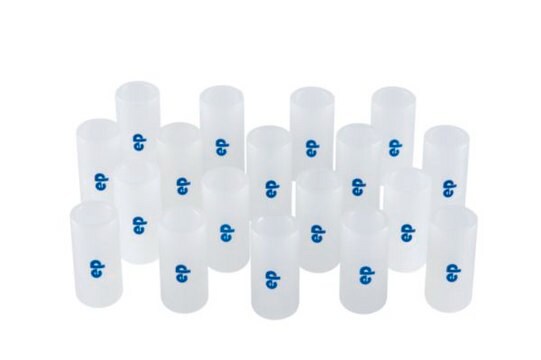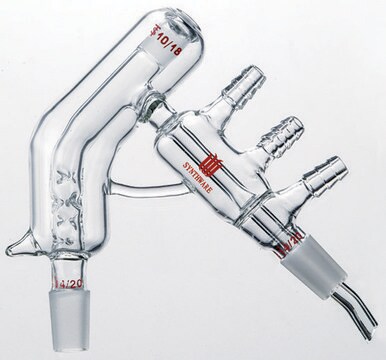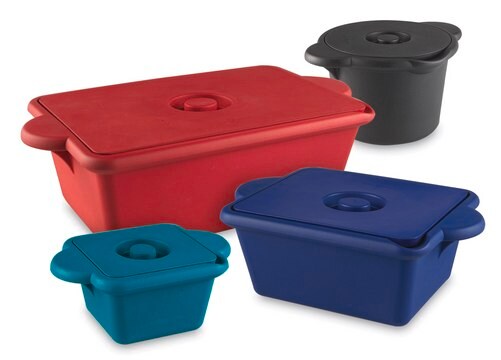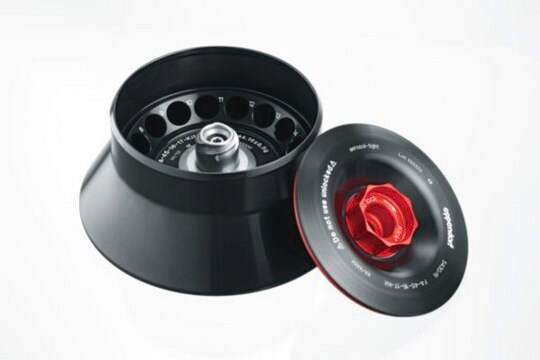Wichtige Dokumente
CN34892
Acetonitril
Preparateur, ≥99.9% (GC), Customized plastic drum
Synonym(e):
ACN, Cyanomethan, Ethylnitril, Methylcyanid
About This Item
Empfohlene Produkte
Dampfdichte
1.41 (vs air)
Dampfdruck
72.8 mmHg ( 20 °C)
Assay
≥99.9% (GC)
Form
liquid
Selbstzündungstemp.
973 °F
Expl.-Gr.
16 %
Verunreinigungen
≤0.005% free acid (as CH3COOH)
≤0.02% water (Karl Fischer)
≤1 mg/L non-volatile matter
Farbe
colorless
Durchlässigkeit
200 nm, >50%
220 nm, >90%
Brechungsindex
n20/D 1.344 (lit.)
bp
81-82 °C (lit.)
mp (Schmelzpunkt)
−45 °C (lit.)
Dichte
0.786 g/mL at 25 °C (lit.)
Format
neat
SMILES String
CC#N
InChI
1S/C2H3N/c1-2-3/h1H3
InChIKey
WEVYAHXRMPXWCK-UHFFFAOYSA-N
Suchen Sie nach ähnlichen Produkten? Aufrufen Leitfaden zum Produktvergleich
Allgemeine Beschreibung
Anwendung
- Organic synthesis
- Liquid-liquid extraction, solid-phase extraction or microextraction.
- Spectrophotometric and fluorimetric techniques.
- Electrolytes in lithium-ion batteries
- Determination of pKa values of organic superbases using the isodensity polarization continuum model (IPCM).
Ähnliches Produkt
Signalwort
Danger
H-Sätze
Gefahreneinstufungen
Acute Tox. 4 Dermal - Acute Tox. 4 Inhalation - Acute Tox. 4 Oral - Eye Irrit. 2 - Flam. Liq. 2
Lagerklassenschlüssel
3 - Flammable liquids
WGK
WGK 2
Flammpunkt (°F)
35.6 °F - closed cup
Flammpunkt (°C)
2.0 °C - closed cup
Hier finden Sie alle aktuellen Versionen:
Besitzen Sie dieses Produkt bereits?
In der Dokumentenbibliothek finden Sie die Dokumentation zu den Produkten, die Sie kürzlich erworben haben.
Unser Team von Wissenschaftlern verfügt über Erfahrung in allen Forschungsbereichen einschließlich Life Science, Materialwissenschaften, chemischer Synthese, Chromatographie, Analytik und vielen mehr..
Setzen Sie sich mit dem technischen Dienst in Verbindung.










